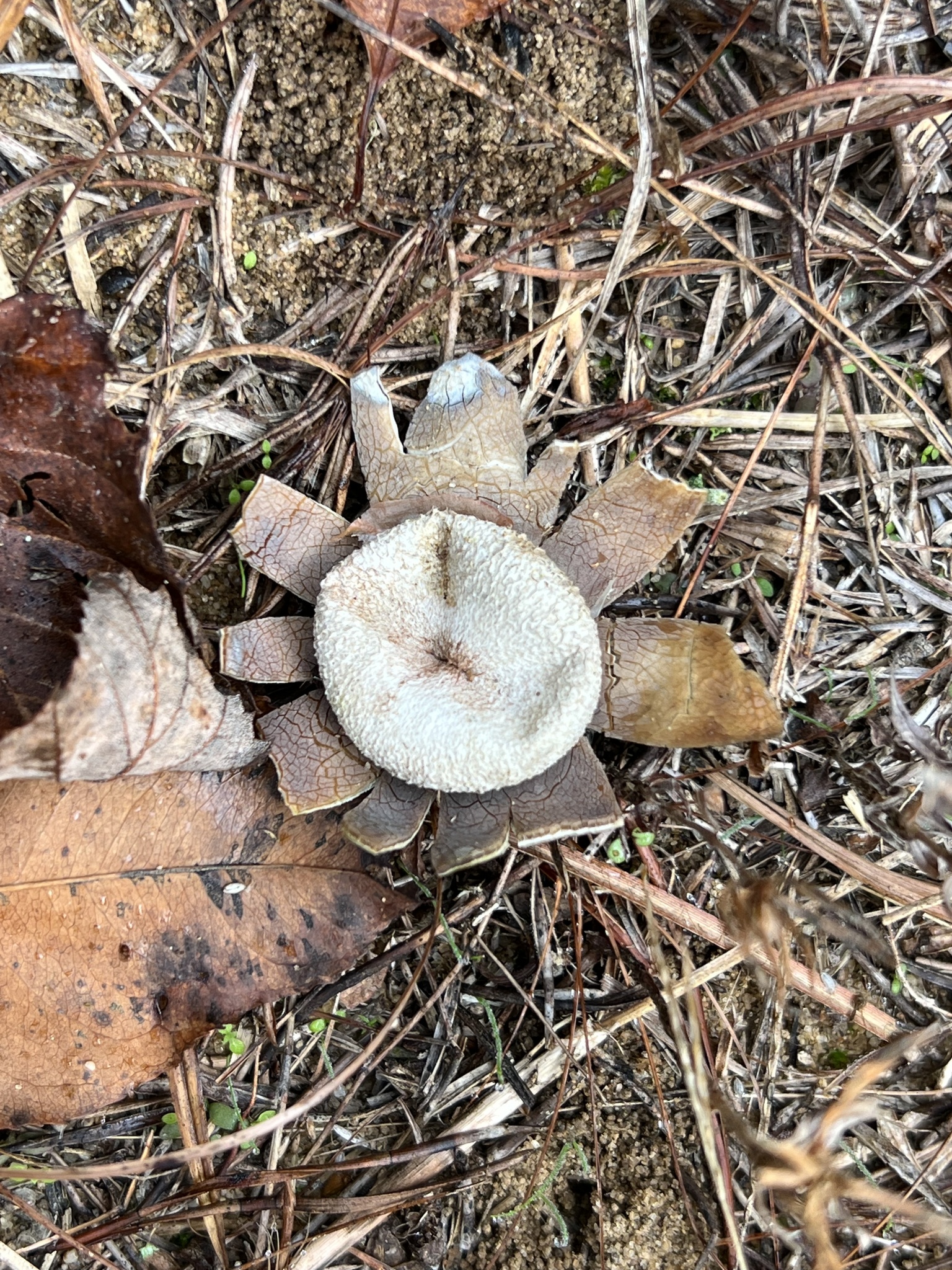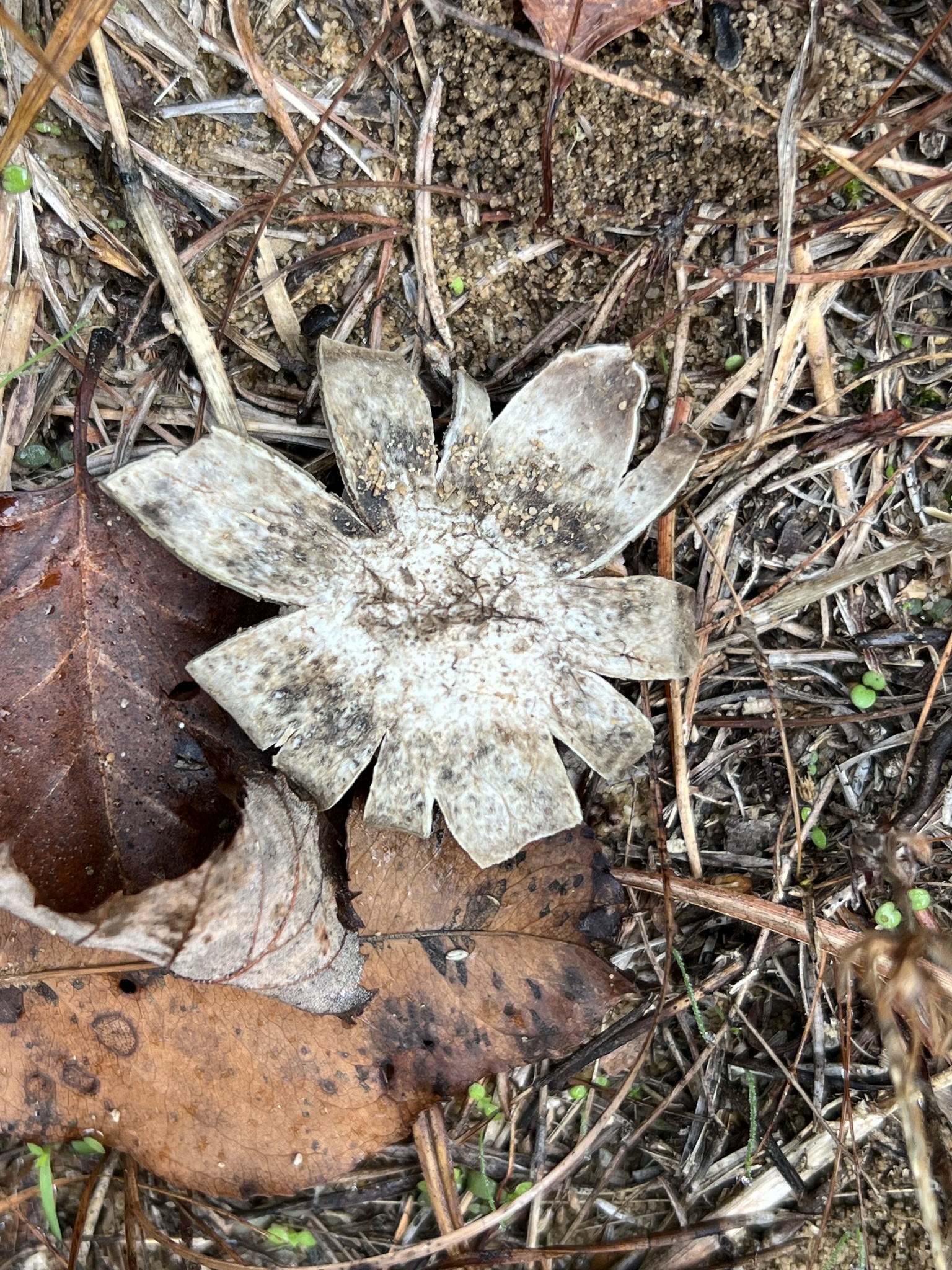Map Snapshot


1 Record
Seasonality Snapshot
Eating mushrooms can be dangerous. One should do so only with expert advice and great care. MBP accepts no liability for injury sustained in consuming fungi or other biodiversity. Use of media featured on Maryland Biodiversity Project is only permitted with express permission of the photographer.
Astraeus smithii in Anne Arundel Co., Maryland (10/23/2022). (c) Annie Weissman, some rights reserved (CC BY).
View Record Details
Media by
wearethechampignons via iNaturalist.
Astraeus smithii in Anne Arundel Co., Maryland (10/23/2022). (c) Annie Weissman, some rights reserved (CC BY).
View Record Details
Media by
wearethechampignons via iNaturalist.
Source: Wikipedia
| Astraeus smithii | |
|---|---|

| |
| Astraeus smithii | |
| Scientific classification | |
| Domain: | Eukaryota |
| Kingdom: | Fungi |
| Division: | Basidiomycota |
| Class: | Agaricomycetes |
| Order: | Boletales |
| Family: | Diplocystaceae |
| Genus: | Astraeus |
| Species: | A. smithii
|
| Binomial name | |
| Astraeus smithii Watling, M.P.Martín & Phosri (2013)
| |
Astraeus smithii is a species of false earthstar in the family Diplocystaceae. It was described as new to science in 2013. The specific epithet honors American mycologist Alexander H. Smith. The fungus is found in the central and northern United States, where it grows on the ground at forest edges and open areas.[1]
References
[edit]- ^ Phosri C, Martín MP, Watling R (2013). "Astraeus: hidden dimensions" (PDF). IMA Fungus. 4 (2): 347–56. doi:10.5598/imafungus.2013.04.02.13. PMC 3905946. PMID 24563840.

External links
[edit]

